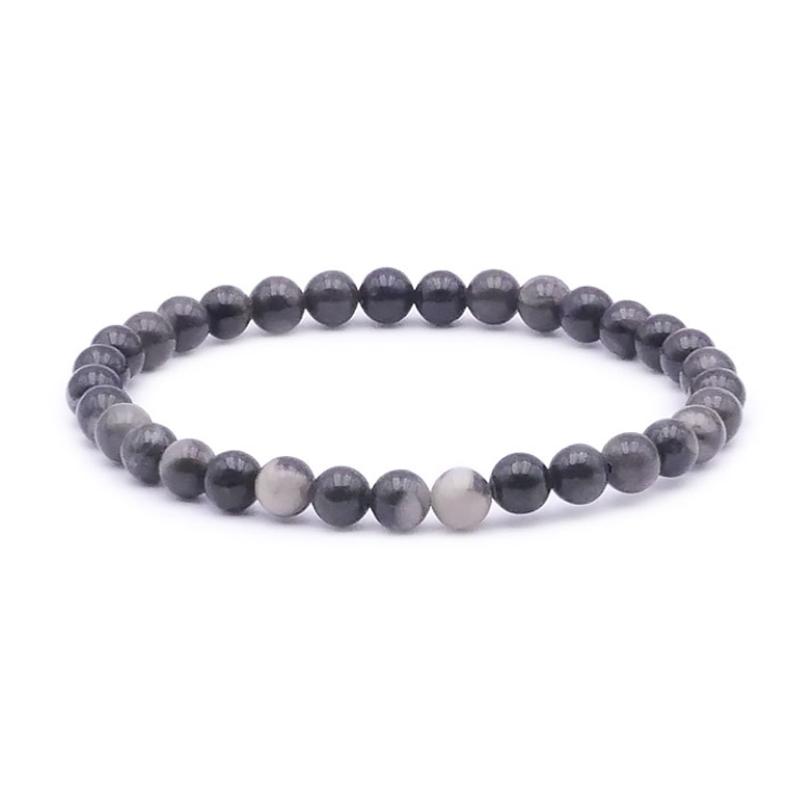1
/
of
1
Morocco orthocera bracelet With 5-6mm balls
BRA-ORTH-01
8c984efa-30a8-5524-41cc-ae7b332135e6
028d80eb-2b30-41d4-b221-bda49eca04cf
- Regular price
-
19,90 € - Regular price
-
- Sale price
-
19,90 €
Tax included.
Shipping calculated at checkout.
Couldn't load pickup availability
Learn more
BRA-ORTH-01
Origin: Morocco
Grade: A
Origin: Morocco
Grade: A
Dimensions:
Approx 17-18cm - Fits all wrists with a size of 16-18cm
Weight:
About 10g
Origin:
Morocco
Grade:
A = good
Bracelet made of 5-6mm orthoceras beads.
Patterns and colors may vary from stone to stone.
Patterns and colors may vary from stone to stone.
Find the characteristics of the stone in our dedicated section here:
https://www.laboiteacailloux.com/collections/fossiles
Features
Color :
- Gray
- Black
Astrological sign:
Stone Type:
- Ball Stones
Age :
- Adults
Gender :
- Unisex


Morocco orthocera bracelet With 5-6mm balls
- Regular price
-
19,90 € - Regular price
-
- Sale price
-
19,90 €
8c984efa-30a8-5524-41cc-ae7b332135e6
028d80eb-2b30-41d4-b221-bda49eca04cf
-
100% SECURE PAYMENT
Paypal, credit card, check, transfer
-
FREE DELIVERY
from 40€ purchase
-
SATISFIED OR REFUNDED
14 days to change your mind
-
CUSTOMER SERVICE AVAILABLE
contact@laboiteacailloux.com
Subscribe to our newsletter
to receive all our offers, good deals and new products from La Boite à Cailloux



